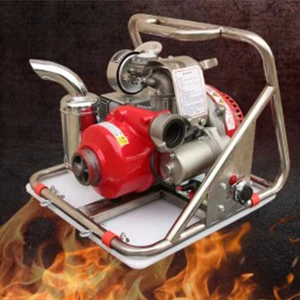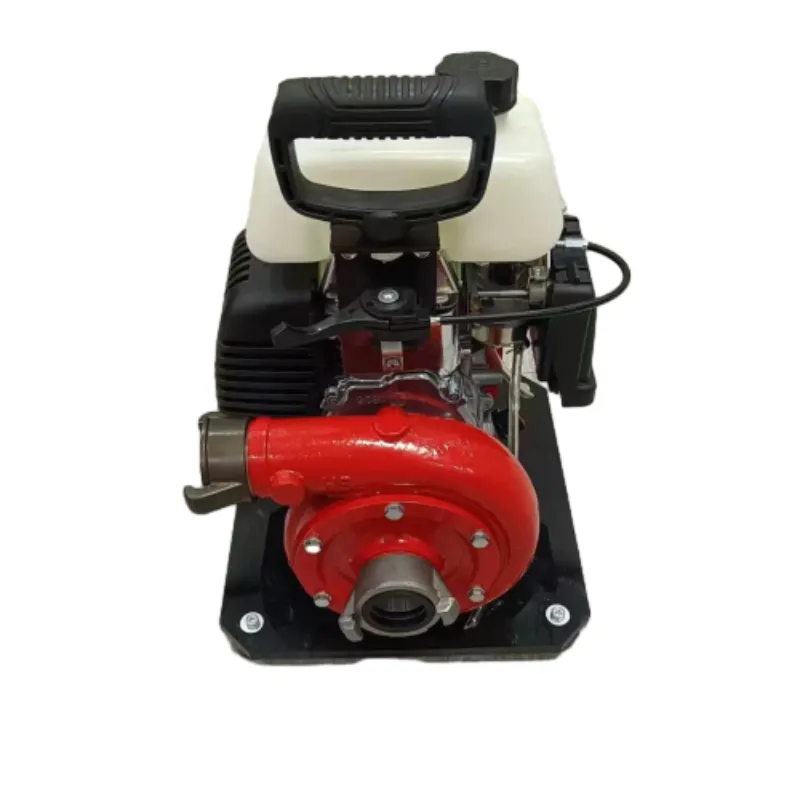

From an environmental perspective, water mist systems are a sustainable option. They use significantly less water, which is a precious resource, thereby minimizing the ecological footprint of fire suppression. Furthermore, these systems do not release harmful chemicals into the environment, eliminating pollution concerns associated with some traditional fire suppression methods. For homeowners and building developers considering fire suppression options, the long-term operational costs of water mist systems are also appealing. Due to the decreased likelihood of significant water damage and the lower costs associated with water usage, these systems can be less costly over time than conventional sprinkler systems. Moreover, advancements in technology mean that maintenance requirements are relatively minimal, ensuring the system remains a reliable part of the home’s safety infrastructure without necessitating frequent professional servicing. A growing body of real-world experience showcases the effectiveness of residential water mist systems. Homeowners who have implemented these systems report high satisfaction levels due to their discreet presence, low maintenance, and peace of mind knowing their homes are safeguarded against fire threats. Insurance companies are also recognizing the benefits, often offering reduced premiums for homes equipped with such advanced fire suppression systems, further incentivizing their adoption. The cutting-edge technology behind water mist fire suppression systems also contributes to ongoing innovations in the field of home safety products. As building designs continue to evolve with smart technologies, water mist systems are anticipated to integrate seamlessly with other smart home devices. Potential future enhancements could involve automated monitoring and activation through internet-enabled smart systems, further cementing their role as an indispensable component in residential safety protocols. In conclusion, residential water mist fire suppression systems represent the future of home fire safety. Their unique ability to efficiently suppress fires, combined with low environmental impact, operational cost-efficiency, and minimal maintenance, provides homeowners with a highly reliable and effective safety measure. As homes become increasingly sophisticated, adopting water mist technology is a proactive step towards increasing residential safety, sustainability, and peace of mind. Empowered by the latest industry advancements, these systems promise to set new standards in home fire prevention strategies.





























